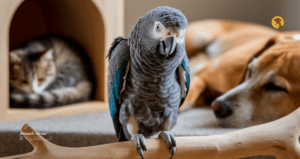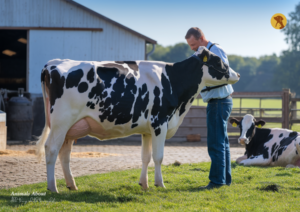Wildlife – Welcome to Animals About, the ultimate hub for wildlife lovers! Whether you’re passionate about majestic creatures or simply fascinated by the natural world, our blog is here to take you on a journey through the fascinating world of wild animals. In this article, we’ll explore 30 of the most popular wildlife animals, dive into their unique breeds, and delve into their intriguing animal behavior.
1. African Elephant (Loxodonta africana)
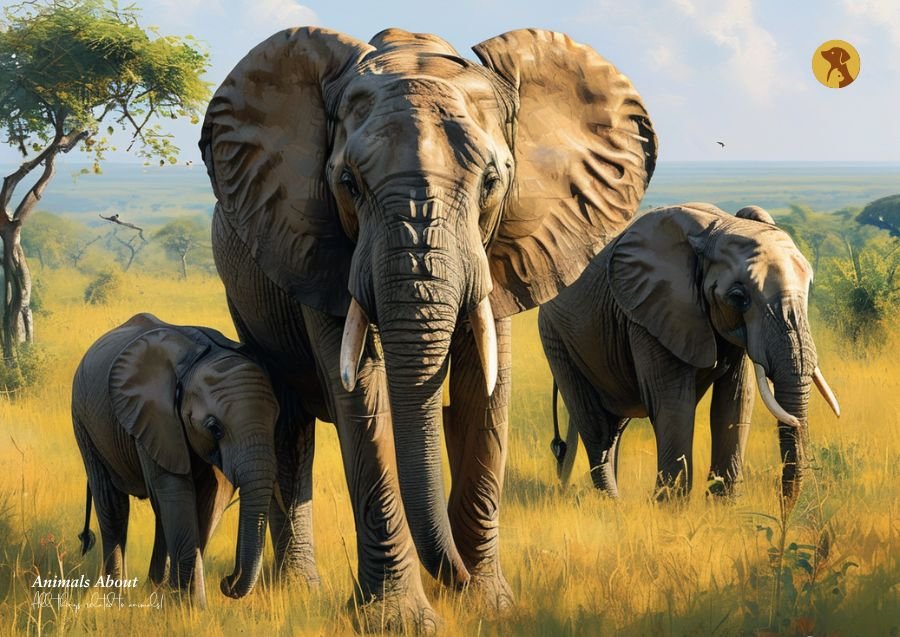
The African Elephant is the largest land mammal, renowned for its immense size and intelligence.
- Habitat: Grasslands, savannas, and forests across Africa
- Diet: Herbivorous—grasses, bark, fruits, and tree leaves
- Behavior: Highly social, elephants live in family units led by the oldest female. They are known for their complex emotional intelligence and long-term memory.
- Breeds: Two subspecies: Savanna Elephant and Forest Elephant.
Fun Fact: Elephants communicate through low-frequency sounds, capable of traveling miles to relay messages.
2. Bengal Tiger (Panthera tigris tigris)
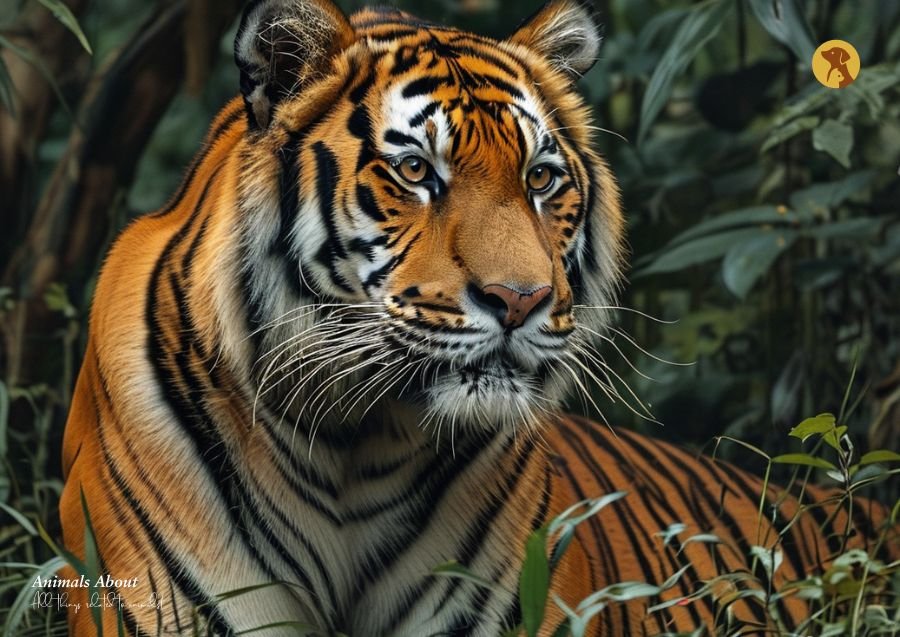
Renowned for its strength and beauty, the Bengal Tiger is one of the most iconic big cats.
- Habitat: Dense jungles, grasslands, and mangrove swamps in India and Bangladesh
- Diet: Carnivorous—primarily preying on deer, boar, and other ungulates
- Behavior: Solitary hunters, Bengal tigers mark large territories. They use stealth and strength to ambush their prey.
- Breeds: The Bengal Tiger is the largest tiger subspecies, characterized by its striking orange coat with black stripes.
Fun Fact: Bengal tigers are excellent swimmers and often dive into rivers to catch their prey.
3. Blue Whale (Balaenoptera musculus)
The Blue Whale is the largest animal ever known to have existed on Earth.
- Habitat: Oceans worldwide, migrating between feeding and breeding areas
- Diet: Filter feeder, mainly consuming krill
- Behavior: Despite their immense size, blue whales are gentle and travel vast distances for migration. They are non-aggressive.
- Breeds: Blue whales show slight regional differences based on population, but they are classified as a single species.
Fun Fact: The heart of a blue whale can weigh as much as a car.
4. Bald Eagle (Haliaeetus leucocephalus)
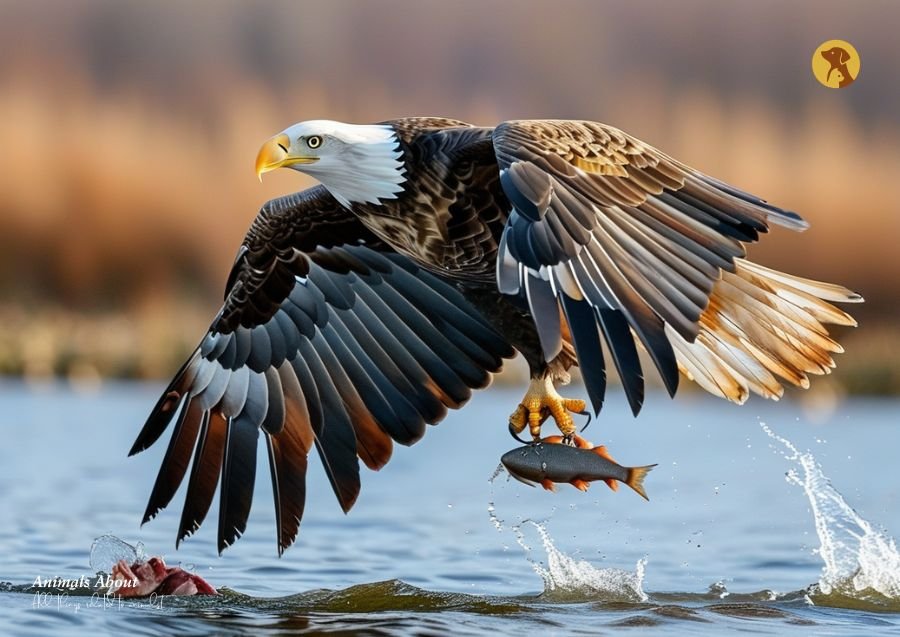
Known as the national bird of the United States, the Bald Eagle represents freedom and strength.
- Habitat: Coastal regions and large bodies of open water in North America
- Diet: Carnivorous—primarily fish, but also small mammals and birds
- Behavior: Bald eagles are powerful hunters, often swooping down to grab fish with their talons.
- Breeds: Bald eagles vary slightly by region, with different plumage and size.
Fun Fact: Bald eagles mate for life and build some of the largest nests in the world.
5. Polar Bear (Ursus maritimus)
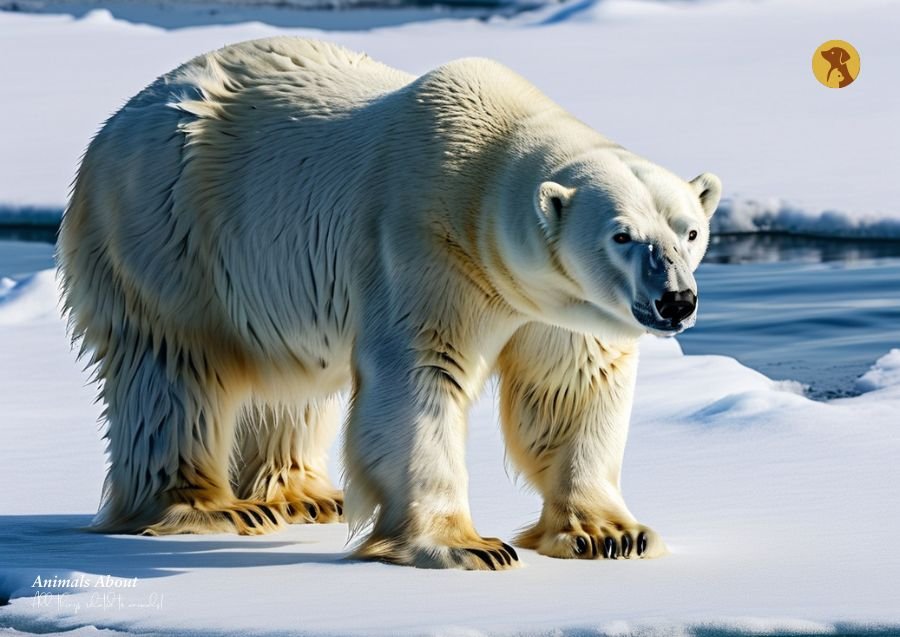
The Polar Bear is a symbol of strength and survival in one of the harshest environments on Earth—the Arctic.
- Habitat: Arctic sea ice and coastal regions
- Diet: Carnivorous—primarily seals
- Behavior: Solitary predators, polar bears are powerful swimmers and can travel great distances across the icy waters in search of food.
- Breeds: The polar bear remains a single species, with minor regional variations.
Fun Fact: Polar bears have black skin under their white fur, which helps absorb heat from the sun.
6. Giraffe (Giraffa camelopardalis)
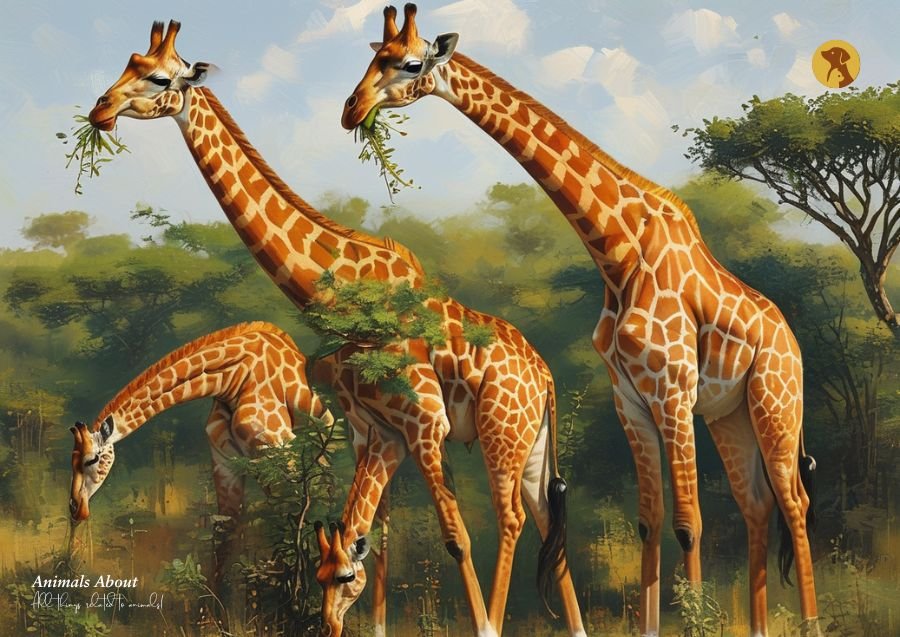
The Giraffe is known for its towering height and unique neck, making it one of the most distinctive wild animals in Africa.
- Habitat: Open woodlands and grasslands in sub-Saharan Africa
- Diet: Herbivorous—primarily feeding on leaves from tall trees like acacias
- Behavior: Giraffes are peaceful creatures, known for their graceful movements and calm demeanor. They graze in small groups and occasionally interact with other herbivores.
- Breeds: There are nine subspecies, distinguished by their coat patterns and geographic distribution.
Fun Fact: Giraffes sleep less than two hours a day, mostly standing up!
7. Snow Leopard (Panthera uncia)
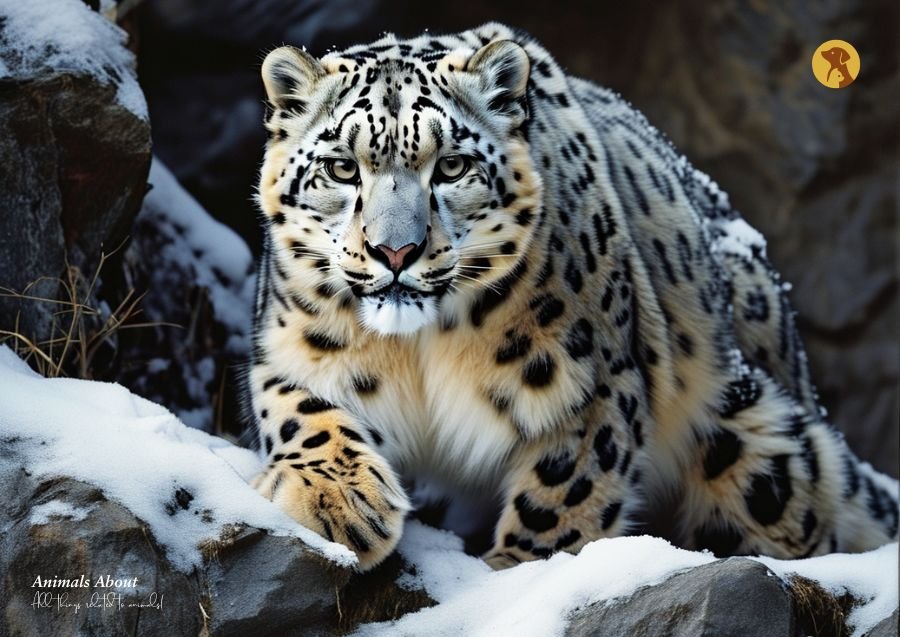
The Snow Leopard is an elusive and majestic big cat native to the mountain ranges of Central Asia.
- Habitat: Rugged, rocky mountain regions at high altitudes
- Diet: Carnivorous—preying on mountain goats, sheep, and small mammals
- Behavior: Solitary hunters, snow leopards rely on stealth and camouflage. They can leap great distances and are expert climbers.
- Breeds: While considered a single species, snow leopards exhibit regional differences in fur patterns.
Fun Fact: Snow leopards have long, thick tails that help them maintain balance while navigating steep, rocky terrains.
8. Koala (Phascolarctos cinereus)
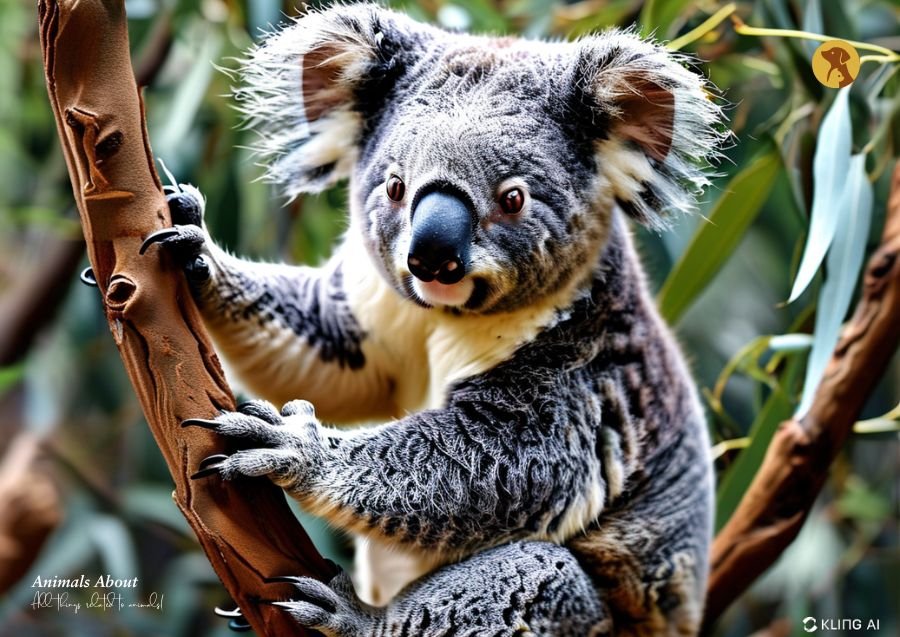
The Koala is a beloved marsupial, easily recognized for its cuddly appearance and sleepy demeanor.
- Habitat: Eucalyptus forests of eastern Australia
- Diet: Herbivorous—exclusively eating eucalyptus leaves
- Behavior: Koalas are mainly solitary and spend up to 18 hours a day sleeping, conserving energy due to their low-nutrient diet.
- Breeds: Though there is only one species, koalas show slight geographic variation in size and fur color.
Fun Fact: Despite their fuzzy appearance, koalas have a strong, distinct odor caused by the eucalyptus in their diet.
9. Great White Shark (Carcharodon carcharias)
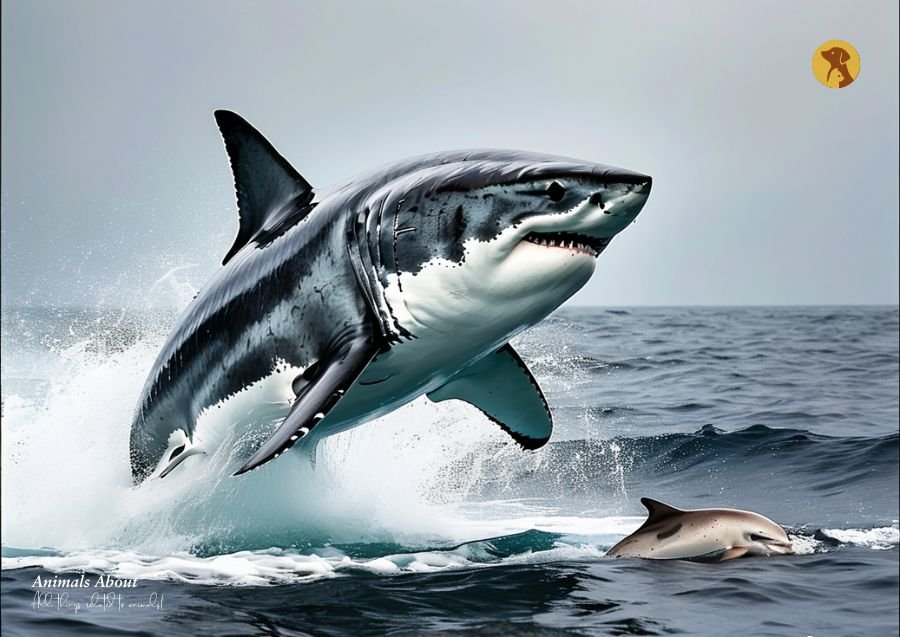
The Great White Shark is one of the ocean’s top predators, known for its size and hunting prowess.
- Habitat: Coastal waters of temperate and tropical oceans
- Diet: Carnivorous—primarily preying on seals, dolphins, and large fish
- Behavior: Great white sharks are solitary hunters, often migrating over long distances to find food. They are also known to breach the surface when attacking prey.
- Breeds: The great white shark is a single species, with some slight size and behavioral differences across regions.
Fun Fact: Great white sharks can detect electrical signals from prey, allowing them to locate animals even in complete darkness.
10. Gorilla (Gorilla gorilla)
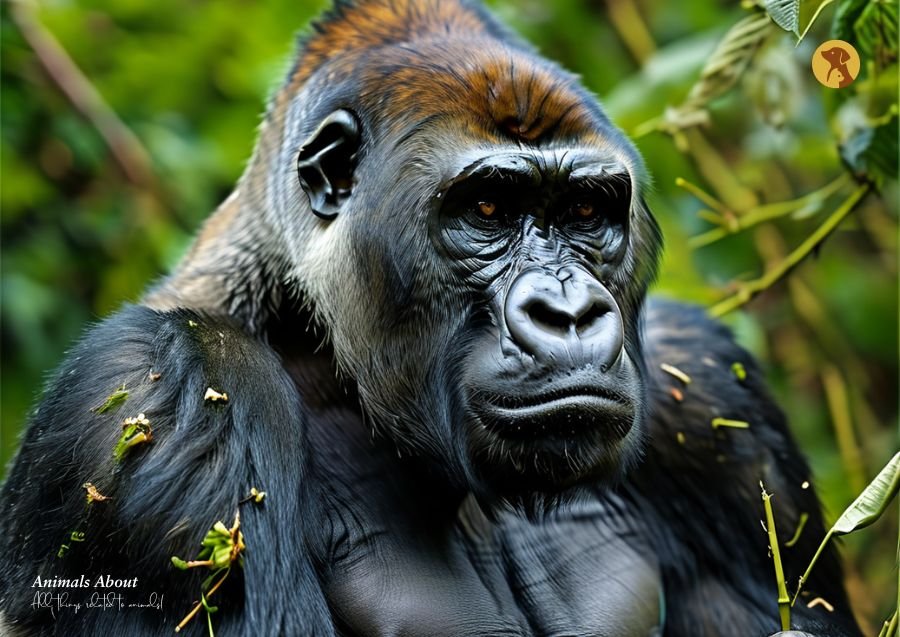
The Gorilla is one of the most intelligent primates, known for its emotional depth and strength.
- Habitat: Tropical forests of central and western Africa
- Diet: Herbivorous—primarily eating fruits, leaves, and bamboo
- Behavior: Gorillas are social creatures, living in groups called troops. They are gentle but protective of their family.
- Breeds: Gorillas are divided into two species: Western Gorilla and Eastern Gorilla, with subspecies like the mountain gorilla.
Fun Fact: Gorillas share about 98% of their DNA with humans, making them one of our closest relatives.
11. Cheetah (Acinonyx jubatus)
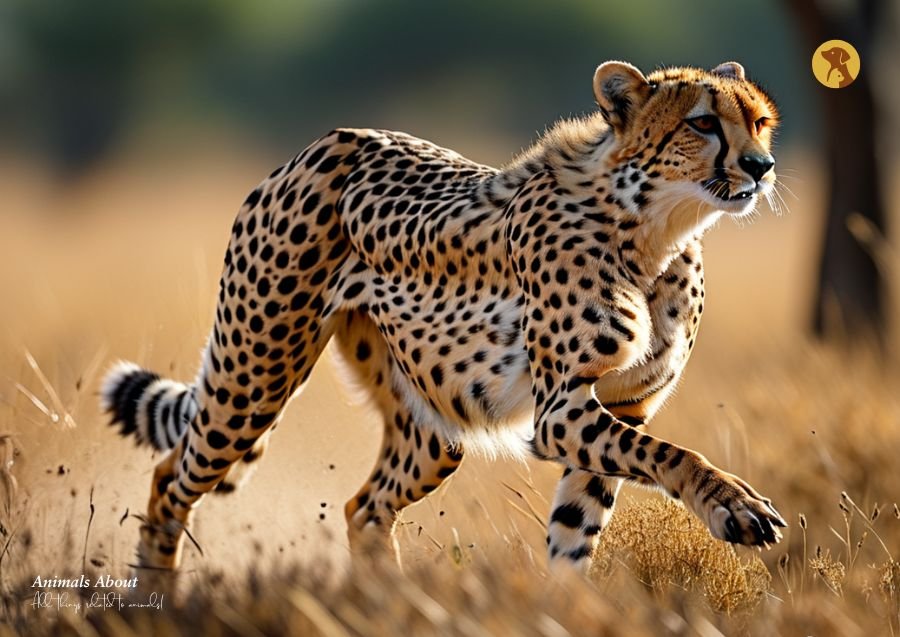
The Cheetah is the fastest land animal, known for its incredible speed and agility.
- Habitat: Grasslands, savannas, and open woodlands in sub-Saharan Africa
- Diet: Carnivorous—mainly small to medium-sized ungulates such as gazelles
- Behavior: Cheetahs are solitary hunters. They rely on their speed to chase down prey, often reaching speeds of up to 70 miles per hour during a sprint.
- Breeds: There is only one species of cheetah, but it has a number of subspecies and slight geographical variations in appearance.
Fun Fact: Unlike other big cats, cheetahs cannot roar. Instead, they communicate through chirps, purrs, and hisses.
12. Red Panda (Ailurus fulgens)
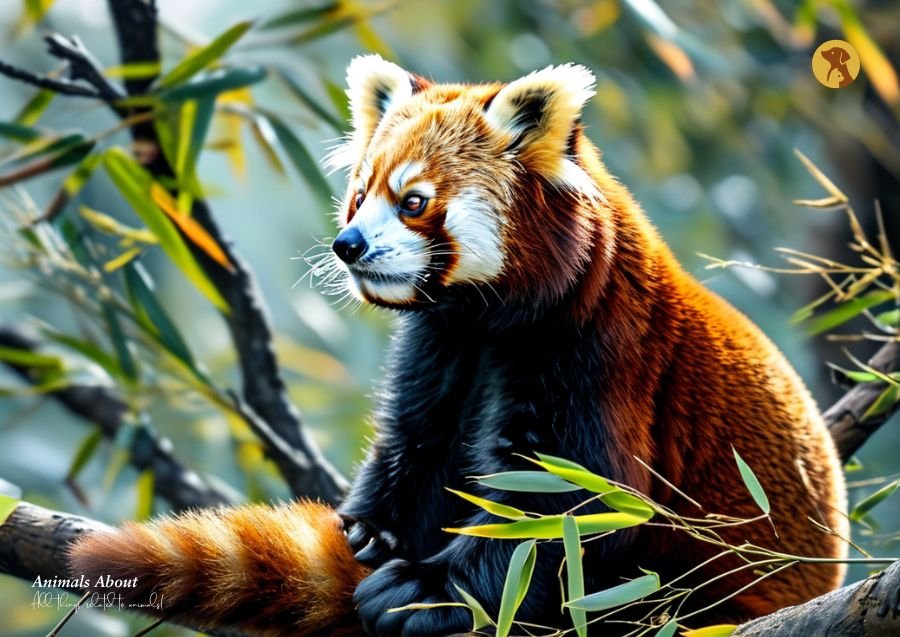
The Red Panda is a smaller, nocturnal relative of the giant panda, known for its striking red fur and playful demeanor.
- Habitat: Mountainous regions of the Himalayas and China
- Diet: Omnivorous—primarily bamboo, but also fruits, berries, and small insects
- Behavior: Red pandas are solitary and primarily active at night. They are skilled climbers, spending most of their time in trees.
- Breeds: The red panda is classified into two subspecies, which differ slightly in size and fur patterns.
Fun Fact: Despite being called a “panda,” the red panda is more closely related to raccoons than to the giant panda.
13. Kangaroo (Macropus)
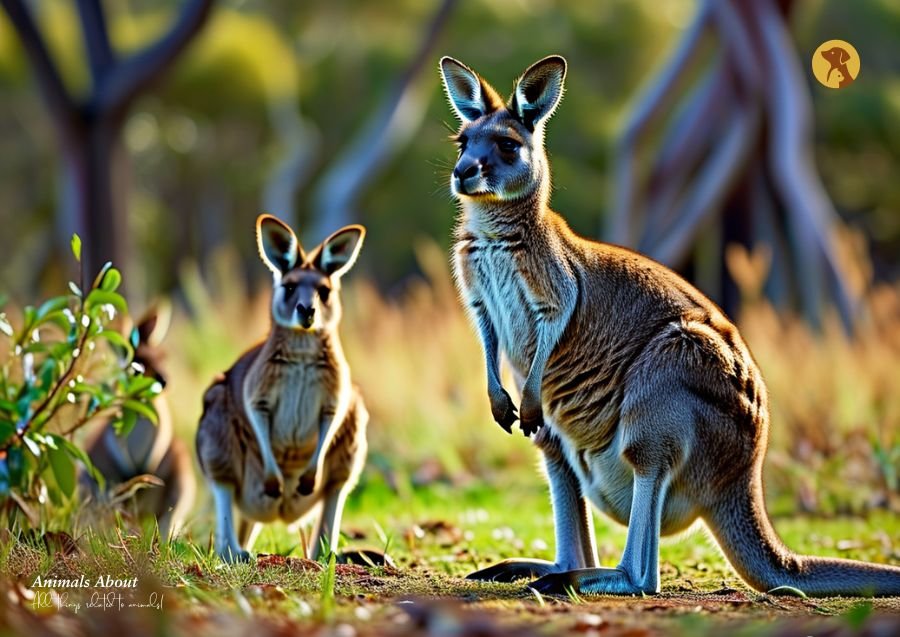
The Kangaroo is an iconic symbol of Australia, known for its powerful hind legs and large, muscular tail.
- Habitat: Various habitats in Australia, from open plains to dense forests
- Diet: Herbivorous—primarily grasses, shrubs, and leaves
- Behavior: Kangaroos are social creatures, typically living in groups called mobs. They communicate through thumping their hind legs on the ground.
- Breeds: There are several species of kangaroo, with the Red Kangaroo being the largest and most well-known.
Fun Fact: Kangaroos are the only large animals that use hopping as their primary mode of locomotion.
14. Sloth (Folivora)
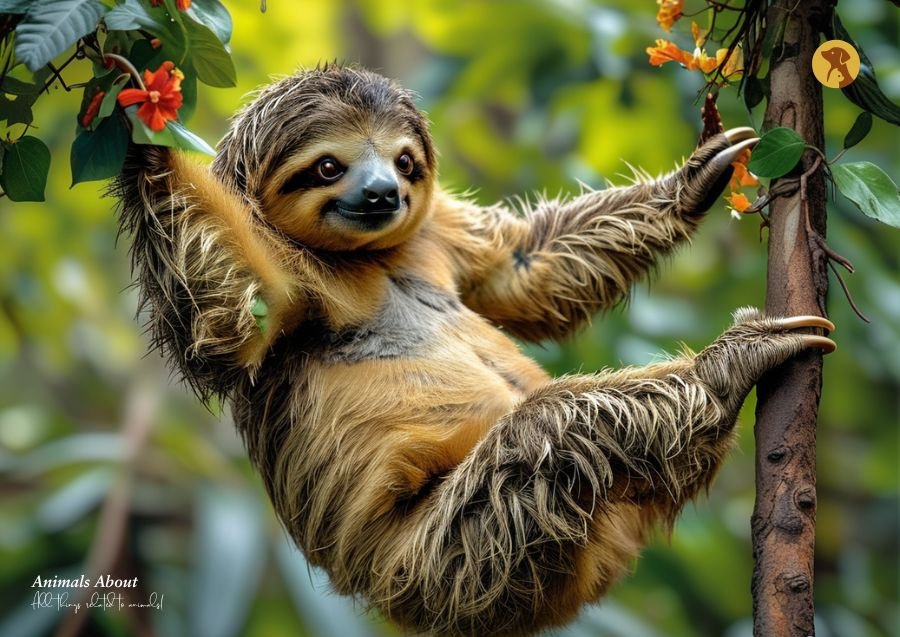
The Sloth is one of the slowest mammals in the world, known for its leisurely lifestyle and unique adaptation to tree-dwelling.
- Habitat: Tropical rainforests in Central and South America
- Diet: Herbivorous—primarily leaves, fruits, and flowers
- Behavior: Sloths are incredibly slow-moving, spending most of their time hanging from trees. Their slow metabolism and low-energy diet contribute to their leisurely pace.
- Breeds: There are two types of sloths: the two-toed and the three-toed sloth, both with distinct physical traits.
Fun Fact: Despite their slow movements, sloths are excellent swimmers and can hold their breath underwater for up to 40 minutes.
15. Panda (Ailuropoda melanoleuca)
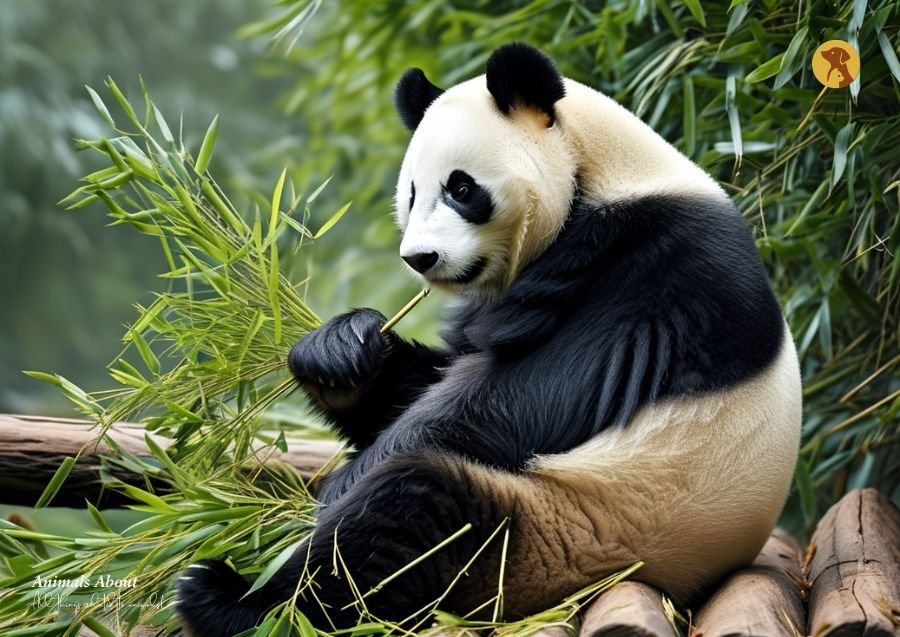
The Giant Panda is one of the most beloved and endangered species in the world, with its distinctive black-and-white fur and peaceful nature.
- Habitat: Bamboo forests in the mountains of central China
- Diet: Herbivorous—primarily bamboo, with some small mammals or carrion occasionally
- Behavior: Pandas are mostly solitary and known for their calm and gentle nature. They are excellent climbers and swimmers.
- Breeds: While there is only one species of giant panda, there are slight variations in size and fur based on altitude and region.
Fun Fact: Although classified as carnivores, giant pandas have evolved to rely almost entirely on bamboo for sustenance, consuming up to 40 pounds per day.
16. Lions (Panthera leo)
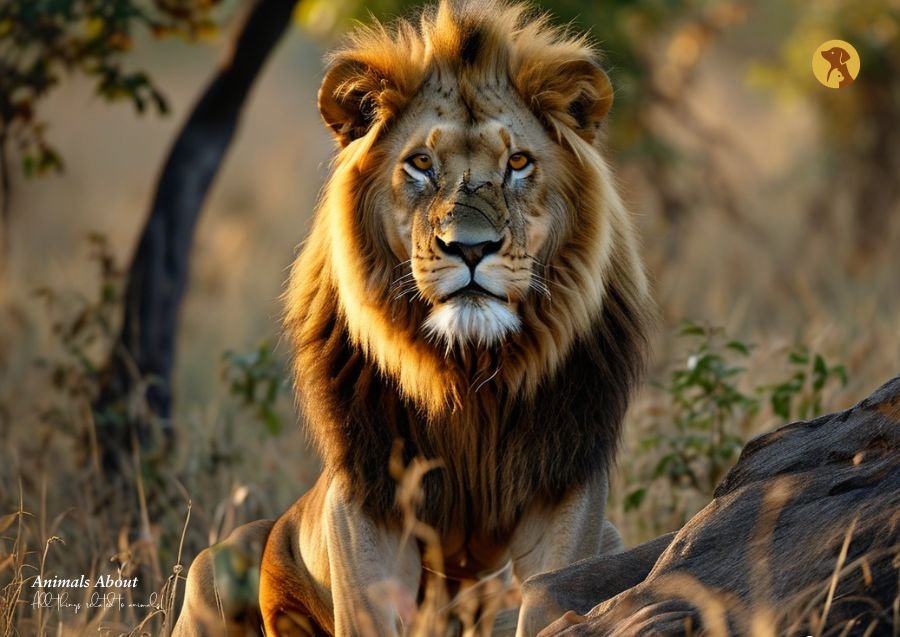
The Lion, often referred to as the “King of the Jungle,” is a symbol of strength and courage.
- Habitat: Grasslands, savannas, and open woodlands in sub-Saharan Africa
- Diet: Carnivorous—preying on large ungulates such as zebras, wildebeests, and buffaloes
- Behavior: Lions are unique among big cats for their social behavior. They live in groups called prides, where the females do most of the hunting and males protect the pride.
- Breeds: The African Lion is the most common, but there is also the endangered Asiatic Lion, which resides in a small area of India.
Fun Fact: Lions are the only big cats that live in social groups, making them more cooperative hunters than their solitary cousins.
17. Jaguar (Panthera onca)
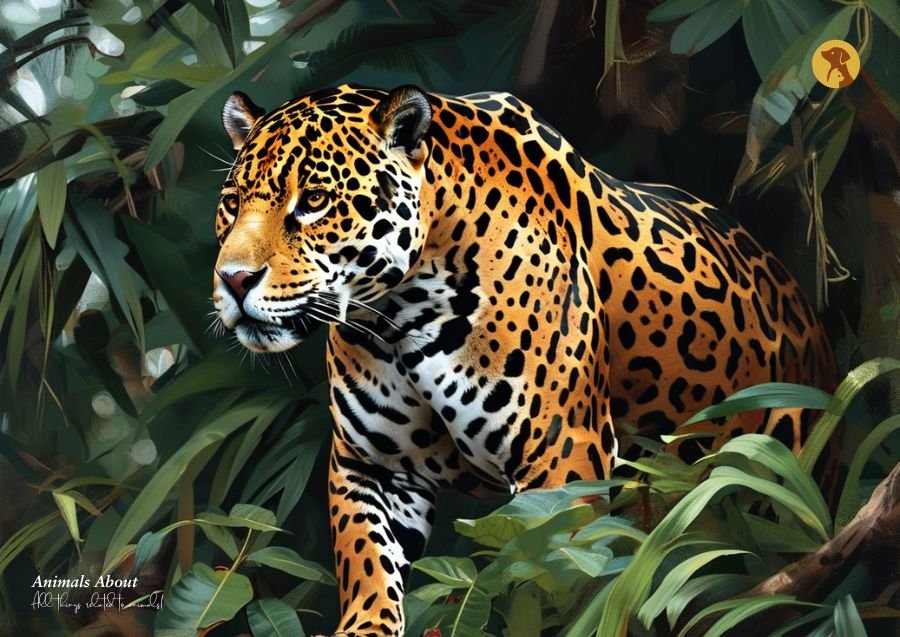
The Jaguar is a powerful, solitary big cat known for its robust build and stunning rosetted coat.
- Habitat: Rainforests, woodlands, and grasslands in Central and South America
- Diet: Carnivorous—preying on a wide variety of animals, including deer, capybaras, and caimans
- Behavior: Jaguars are solitary hunters, often stalking their prey through dense undergrowth. They are known for their incredible strength, capable of killing prey with a single, powerful bite to the skull.
- Breeds: The jaguar has no recognized subspecies but is considered the largest cat in the Americas.
Fun Fact: Jaguars are excellent swimmers and often hunt in water, preying on fish, turtles, and even aquatic mammals.
18. Hyena (Hyaenidae)
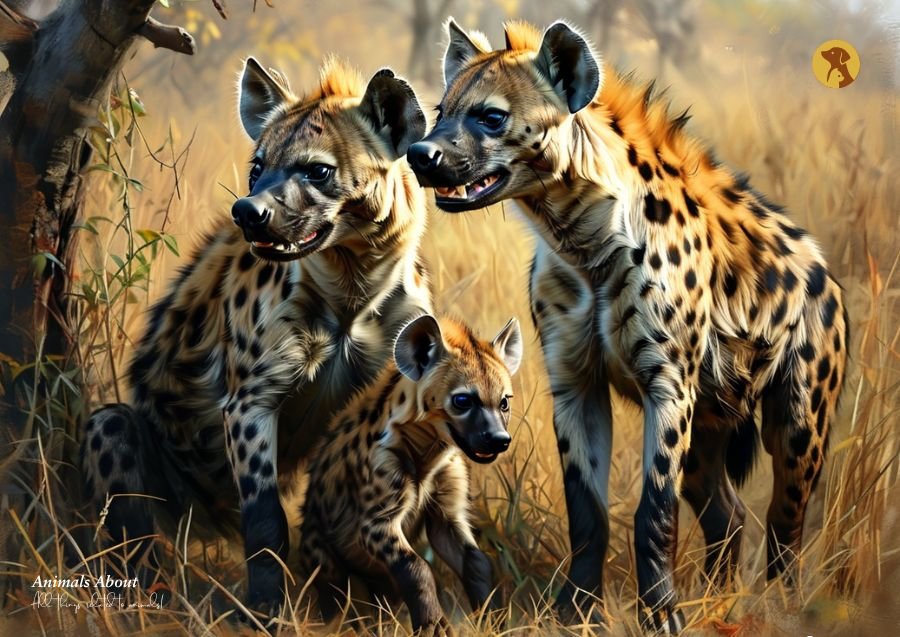
The Hyena is often misunderstood, with its unique social structure and complex vocalizations.
- Habitat: Grasslands, savannas, and semi-arid regions in Africa and Asia
- Diet: Carnivorous—hyenas are scavengers but also skilled hunters, often hunting in packs.
- Behavior: Hyenas are social animals, living in matriarchal clans. They communicate through a wide range of sounds, including their infamous laugh.
- Breeds: There are four species of hyena, including the Spotted Hyena, the most common and largest.
Fun Fact: Despite their reputation, spotted hyenas have one of the most complex social systems in the animal kingdom.
19. Orangutan (Pongo)
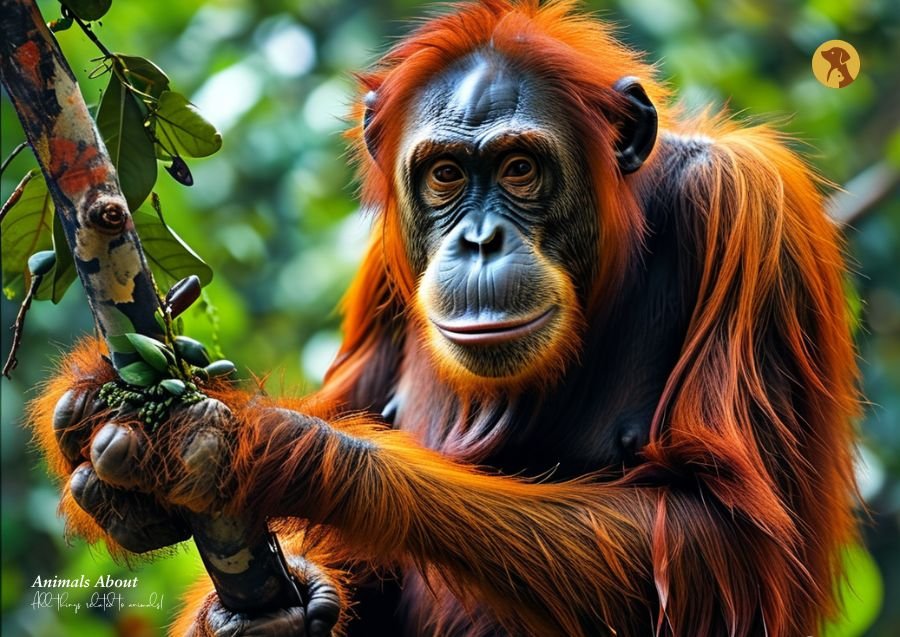
The Orangutan is one of the most intelligent primates, known for its reddish-brown fur and gentle nature.
- Habitat: Tropical rainforests of Borneo and Sumatra
- Diet: Omnivorous—primarily fruits, leaves, and insects
- Behavior: Orangutans are solitary animals, spending most of their time in trees. They are known for their problem-solving abilities and use of tools.
- Breeds: There are three subspecies: the Bornean, Sumatran, and Tapanuli Orangutans.
Fun Fact: Orangutans share around 97% of their DNA with humans, and they are capable of using tools to help them reach food.
20. Penguin (Spheniscidae)
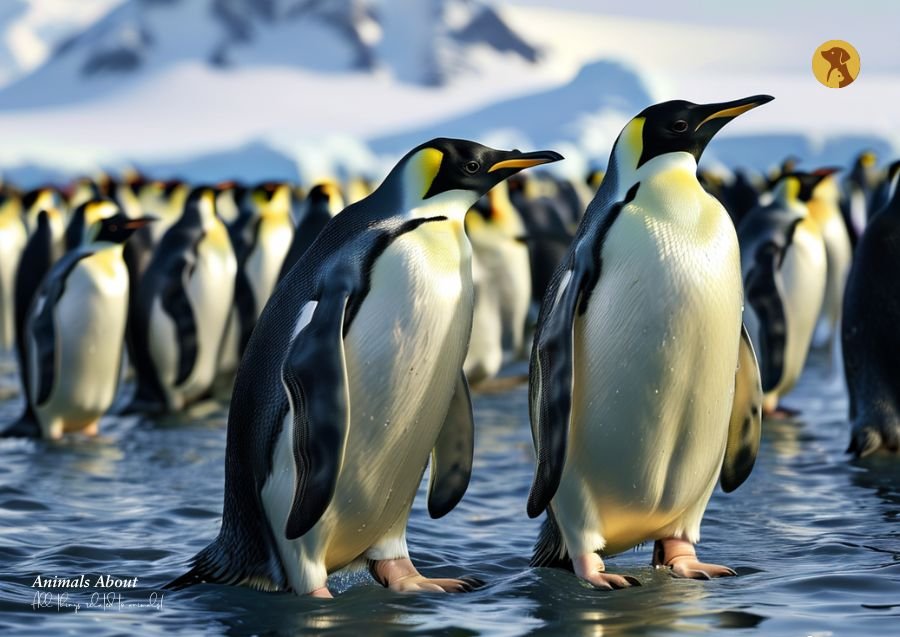
The Penguin is a flightless bird adapted to life in cold environments, known for its distinctive waddle and tuxedo-like plumage.
- Habitat: Coastal regions of the Southern Hemisphere, especially Antarctica
- Diet: Carnivorous—mainly fish, krill, and other marine life
- Behavior: Penguins are social birds, living in large colonies. They are excellent swimmers, diving to great depths in search of food.
- Breeds: There are around 18 species of penguins, with the Emperor Penguin being the largest and best known.
Fun Fact: Despite being unable to fly, penguins are some of the most graceful swimmers in the animal kingdom, reaching speeds of up to 22 miles per hour underwater.
21. Elephant (Elephas and Loxodonta)
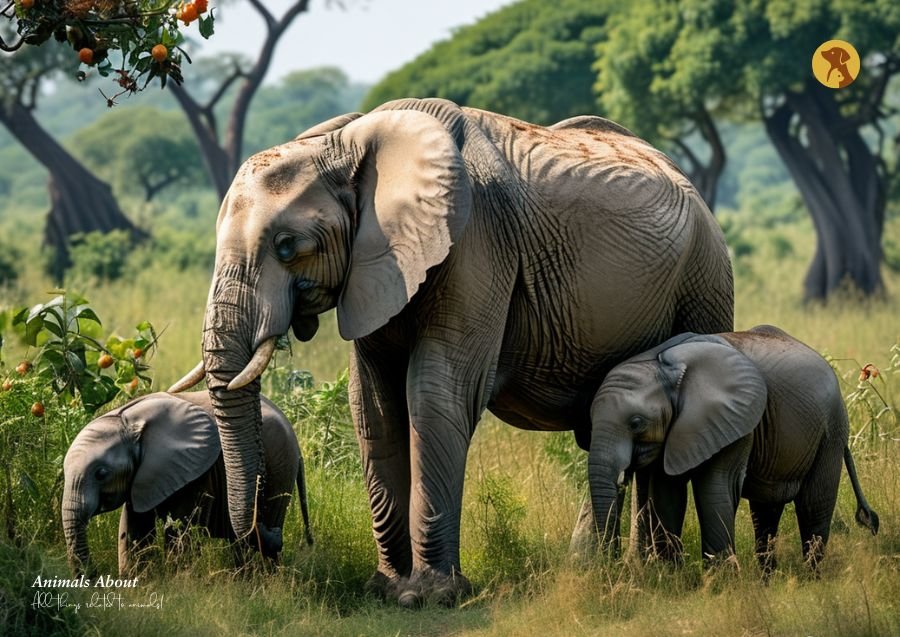
The Elephant is the largest land mammal, known for its intelligence, social behavior, and long-lasting memories.
- Habitat: Grasslands, savannas, forests, and deserts in Africa and Asia
- Diet: Herbivorous—elephants consume a wide range of plants, including grass, bark, fruit, and leaves
- Behavior: Elephants live in matriarchal herds, where the oldest female leads the group. They are known for their emotional depth, often grieving lost family members and demonstrating empathy for others in distress.
- Breeds: There are two primary species: the African Bush Elephant, the largest species, and the Asian Elephant, which is smaller and has rounded ears.
Fun Fact: Elephants can communicate through vibrations, sending low-frequency sound waves through the ground that can be detected by others from miles away.
22. Wolf (Canis lupus)
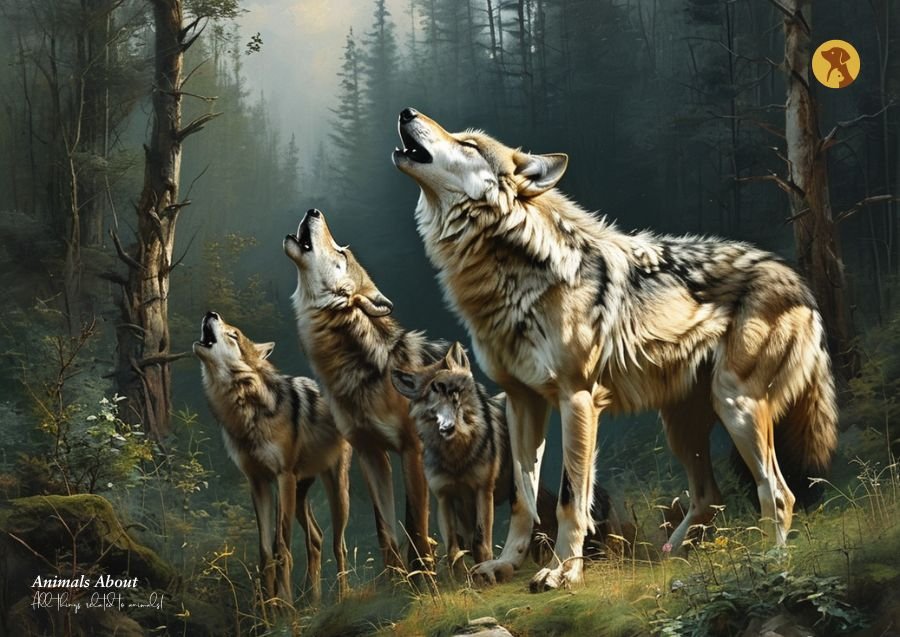
The Wolf is a symbol of wilderness and strength, renowned for its complex social structures and adaptability.
- Habitat: Forests, grasslands, and tundra across North America, Europe, and parts of Asia
- Diet: Carnivorous—wolves primarily hunt large ungulates like deer, moose, and bison, but they also scavenge.
- Behavior: Wolves are pack animals, with strong family bonds and intricate communication methods, including howls, barks, and body language.
- Breeds: Gray Wolves are the most common, but there are various subspecies, including the Mexican Wolf and Arctic Wolf.
Fun Fact: Wolves can run at speeds up to 40 miles per hour and often hunt in packs to take down prey much larger than themselves.
23. Sea Turtle (Cheloniidae)

The Sea Turtle is an ancient marine reptile known for its long migrations and beautiful shell.
- Habitat: Coastal and oceanic waters worldwide, mostly in tropical and subtropical regions
- Diet: Omnivorous—depending on the species, sea turtles eat jellyfish, algae, crabs, or seagrasses.
- Behavior: Sea turtles are known for their long-distance migrations across the oceans. After hatching, they swim toward open ocean and return to the same beach years later to lay their eggs.
- Breeds: There are seven recognized species of sea turtles, including the Green Sea Turtle, Leatherback Turtle, and Hawksbill Turtle.
Fun Fact: Leatherback Sea Turtles are the largest species and can dive to depths of over 4,000 feet in search of food!
24. Zebra (Equus zebra)
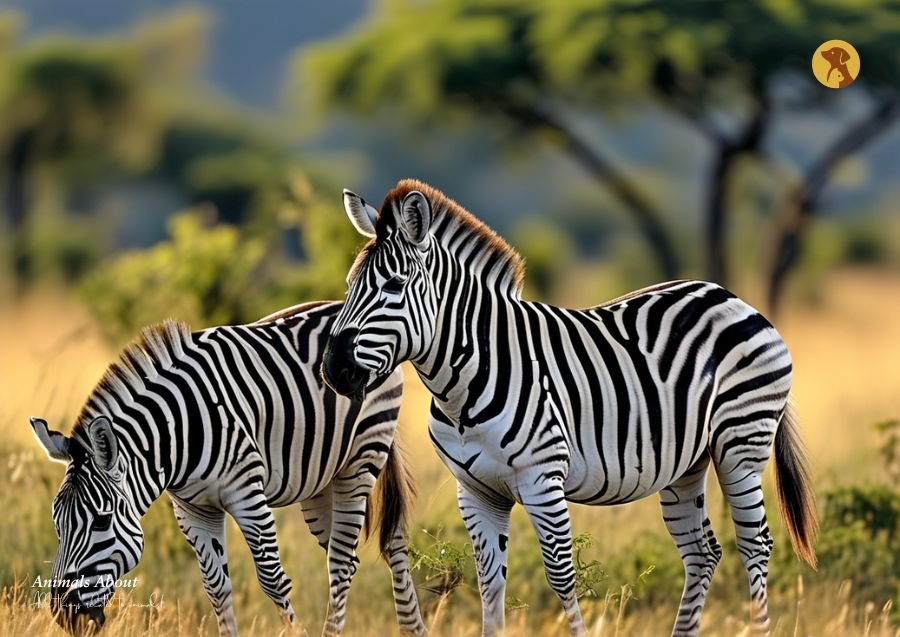
The Zebra is one of the most distinctive animals, with its black and white stripes making it instantly recognizable.
- Habitat: Grasslands, savannas, and woodlands in Africa
- Diet: Herbivorous—primarily grasses, but also leaves and shrubs
- Behavior: Zebras are social animals, typically living in large herds. They use their stripes to confuse predators and as a form of camouflage in the wild.
- Breeds: There are three species of zebra: the Plains Zebra, Grevy’s Zebra, and the Mountain Zebra, each with slight differences in their stripe patterns and behavior.
Fun Fact: Every zebra has a unique pattern of stripes, like human fingerprints, and no two zebras have identical markings.
25. Chameleon (Family Chamaeleonidae)
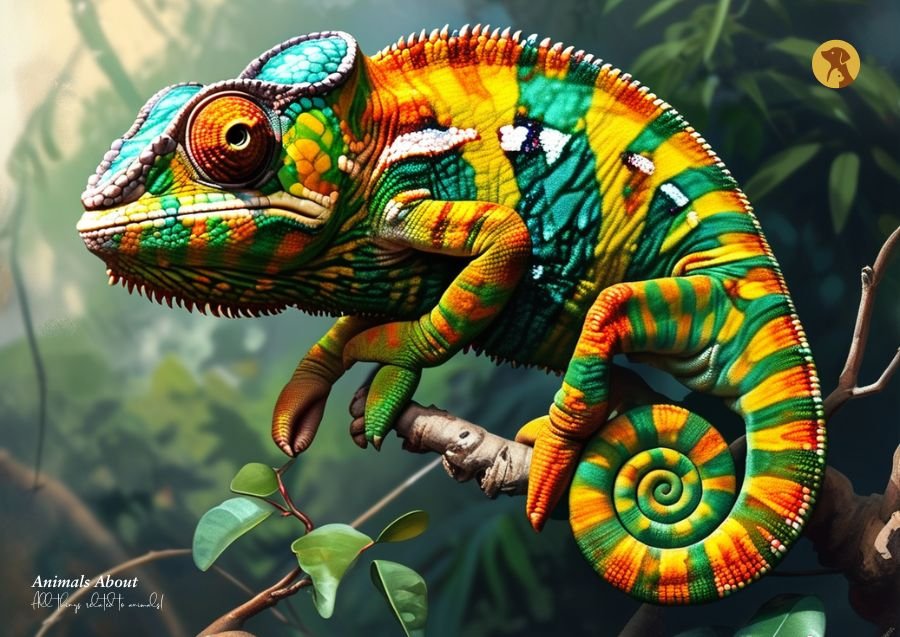
The Chameleon is a fascinating reptile known for its ability to change color and its distinctive features.
- Habitat: Rainforests, deserts, and scrublands in Africa, Madagascar, and parts of Asia
- Diet: Insectivorous—chameleons primarily eat insects like crickets, grasshoppers, and flies
- Behavior: Chameleons change color to regulate temperature, communicate with other chameleons, and blend into their environment. They also have prehensile tails and independently moving eyes.
- Breeds: There are around 160 species of chameleons, with the Panther Chameleon being one of the most brightly colored and popular among enthusiasts.
Fun Fact: A chameleon’s tongue can extend up to twice the length of its body to catch prey!
Conclusion: The Wonders of Wildlife
The world of wildlife is as vast and varied as the planet itself, filled with creatures that continue to amaze and inspire. From the swift cheetah to the majestic elephant, every species plays a vital role in the delicate balance of nature. Whether it’s a lion’s mighty roar or a bald eagle’s silent, graceful flight, wildlife exhibits beauty and strength in equal measure.
The Importance of Wildlife
As we continue to explore the fascinating behaviors and breeds of wildlife, we must also acknowledge the challenges these creatures face. Habitat loss, poaching, and climate change threaten the survival of many species. Wildlife enthusiasts and conservationists must unite to protect and preserve these magnificent creatures. With wildlife, our world would be a more vibrant and dynamic, and our connection to nature would be improved.
A Deeper Connection with Wildlife
Every encounter with wildlife teaches us something new about resilience, adaptation, and the interconnectedness of all life forms. By learning more about wildlife, we can spread awareness and take action to ensure that future generations can enjoy the same awe-inspiring encounters we do today. Reserving wildlife is not just a responsibility—it is a gift we owe to our planet and all its inhabitants.
Protecting Wildlife for Future Generations
So, let us continue to celebrate and protect the wildlife that shares our Earth. Whether you’re an animal lover, a conservation advocate, or someone who marvels at the natural world, the beauty and diversity of wildlife offer endless reasons to be hopeful. Together, we can help safeguard their future and ensure that wildlife thrives for generations.


